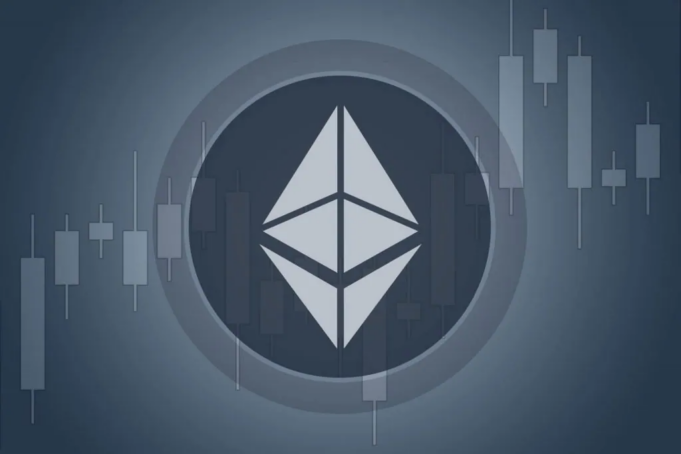Layer 2 is a collective term for Ethereum scaling solutions that handle transactions off Ethereum layer 1 while still taking advantage of the robust decentralized security of Ethereum layer 1. A layer 2 is a separate blockchain that extends Ethereum and inherits the security guarantees of Ethereum. Layer 2 solutions are designed to help Ethereum scale by processing transactions off-chain and then settling them on the main Ethereum chain. This helps reduce congestion on the main chain and allows for faster and cheaper transactions.
Here are the 10 largest Ethereum L2 solutions by market cap as of publication date:
1. Polygon (MATIC): Polygon is a layer-two scaling solution that runs alongside the Ethereum blockchain. It allows for speedy transactions and low fees. MATIC is the network’s native cryptocurrency, which is used for fees, staking, and more.
2. Arbitrum (ARB): Arbitrum is a layer-two blockchain for Ethereum that uses optimistic rollups to process transactions faster and cheaper than on the Ethereum mainnet. It is developed by Offchain Labs, a company founded by Princeton computer scientists. It has seen considerable adoption among DeFi players and developers since launching its mainnet. It is compatible with Ethereum smart contracts and offers a simple and efficient scaling solution.
3. Optimism (OPT): Optimism is a layer-two scaling solution that uses optimistic rollups to process transactions faster and cheaper than on the Ethereum mainnet. It is compatible with Ethereum smart contracts and offers a simple and efficient scaling solution.
4. Loopring (LRC): Loopring is an open-source protocol that provides non-custodial exchange services for ERC20 tokens on the Ethereum blockchain. It uses zkRollups to scale transactions on the Ethereum network.
5. Immutable X (IMX): Immutable X is a layer-two scaling solution that uses zk-rollups to process transactions faster and cheaper than on the Ethereum mainnet. It is designed to provide fast, secure, and gas-free trading for NFTs on the Ethereum network.
6. xDai Chain (STAKE): xDai Chain is an Ethereum sidechain that uses Proof-of-Stake consensus to process transactions faster and cheaper than on the Ethereum mainnet. STAKE is the network’s native cryptocurrency, which is used for fees, staking, and more.
7. ZKSwap (ZKS): ZKSwap is a layer-two scaling solution that uses zk-rollups to process transactions faster and cheaper than on the Ethereum mainnet. It allows users to swap ERC20 tokens without paying high gas fees.
8. Raiden Network Token (RDN): Raiden Network Token is an off-chain scaling solution for the Ethereum blockchain that allows for fast and cheap micropayments without requiring every transaction to be recorded on the blockchain.
9. OMG Network (OMG): OMG Network is a layer-two scaling solution that uses Plasma technology to process transactions faster and cheaper than on the Ethereum mainnet.
10. SKALE Network (SKL): SKALE Network is an Ethereum sidechain that uses Proof-of-Stake consensus to process transactions faster and cheaper than on the Ethereum mainnet. SKL is the network’s native cryptocurrency, which is used for fees, staking, and more.









